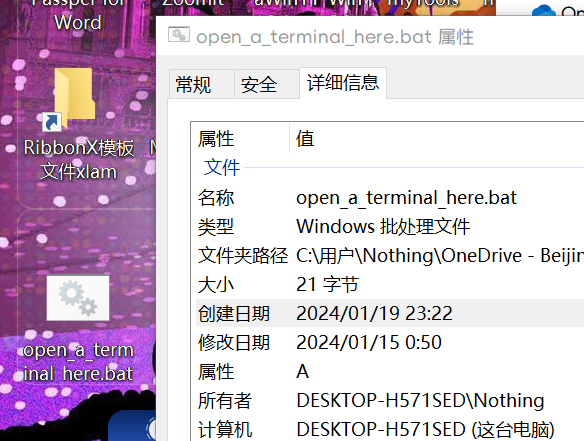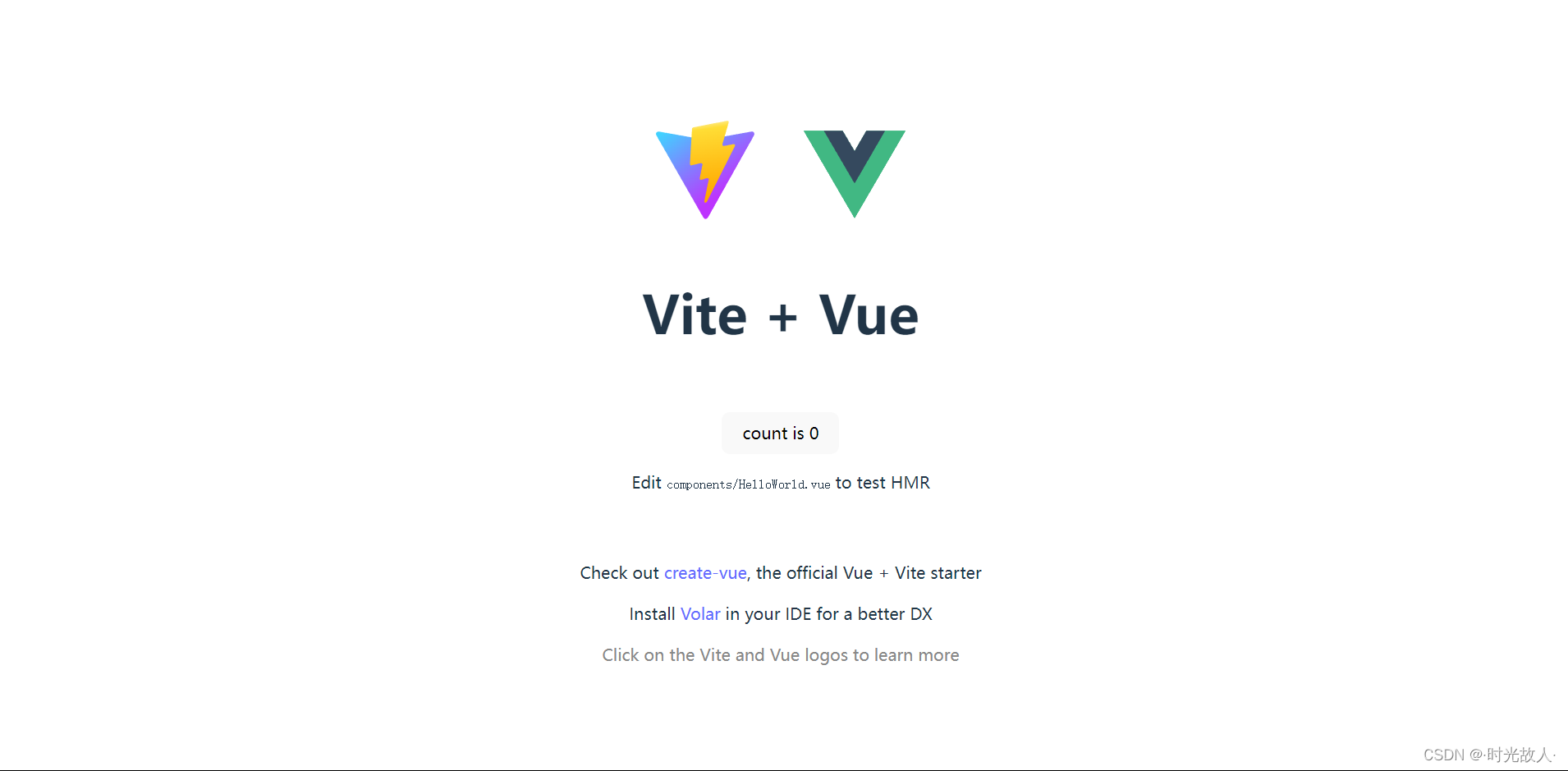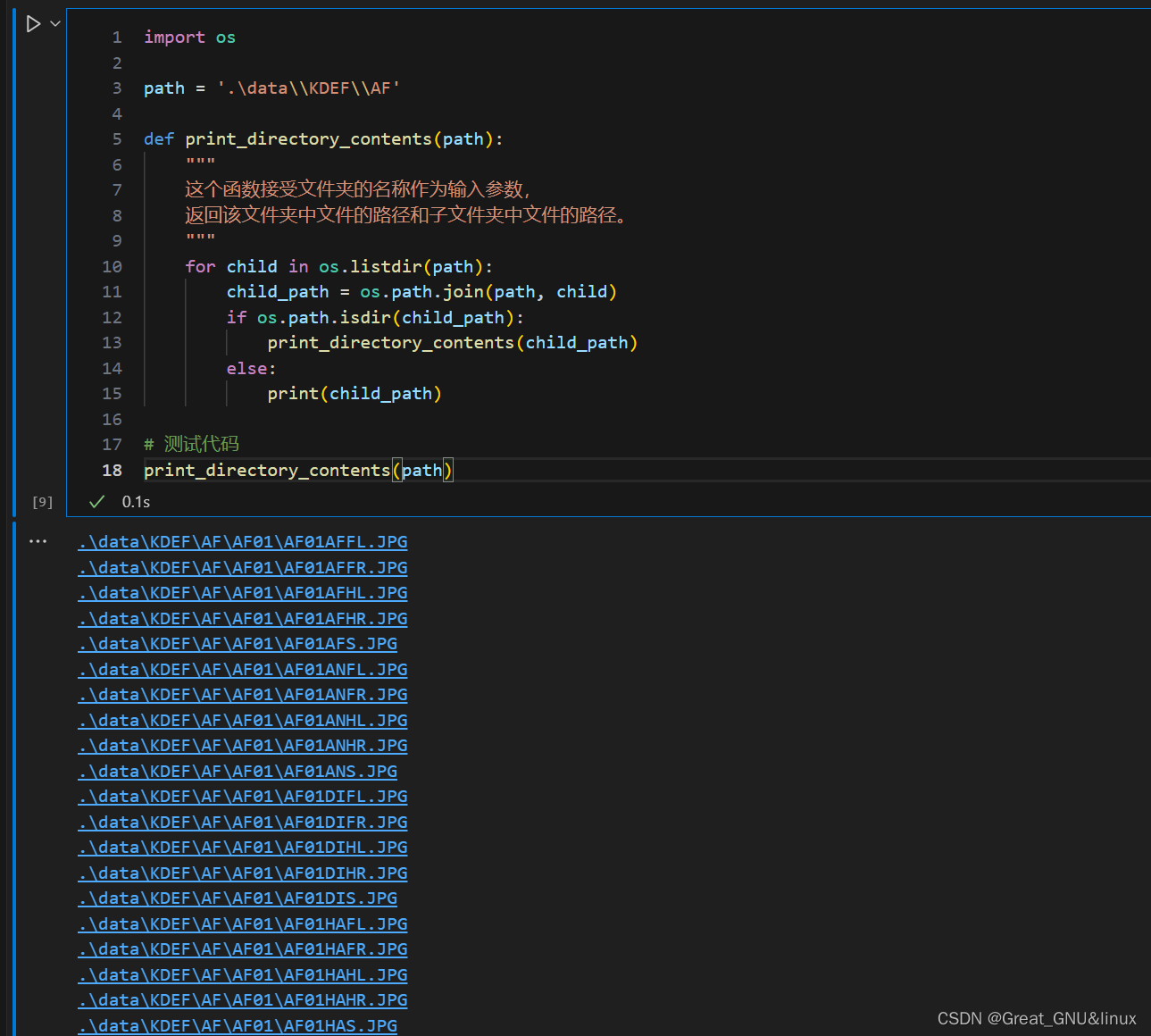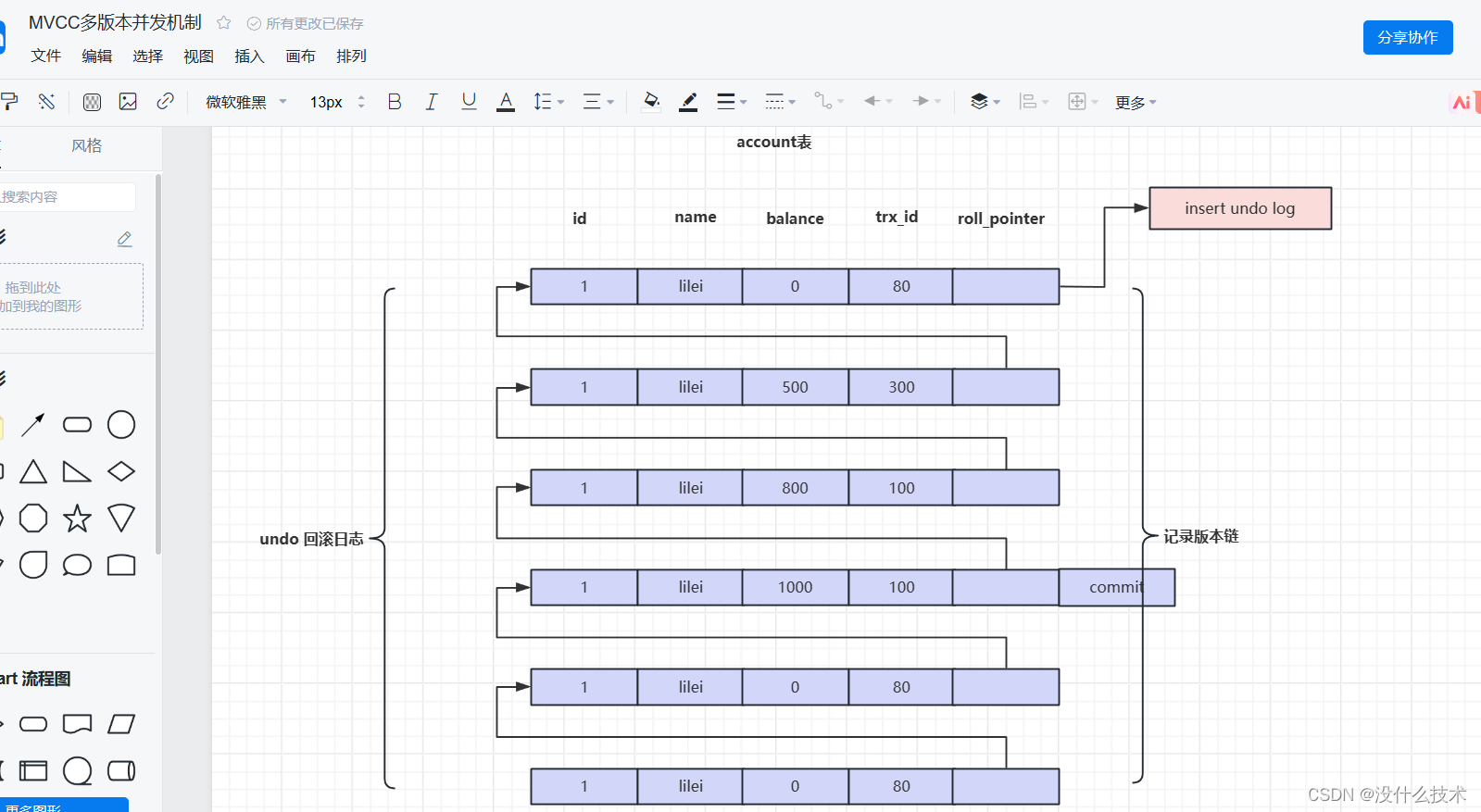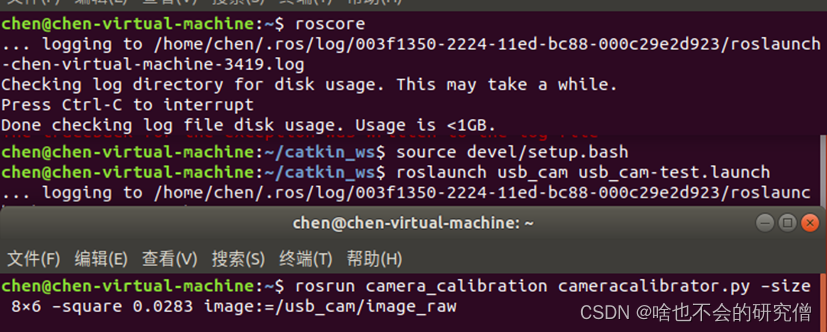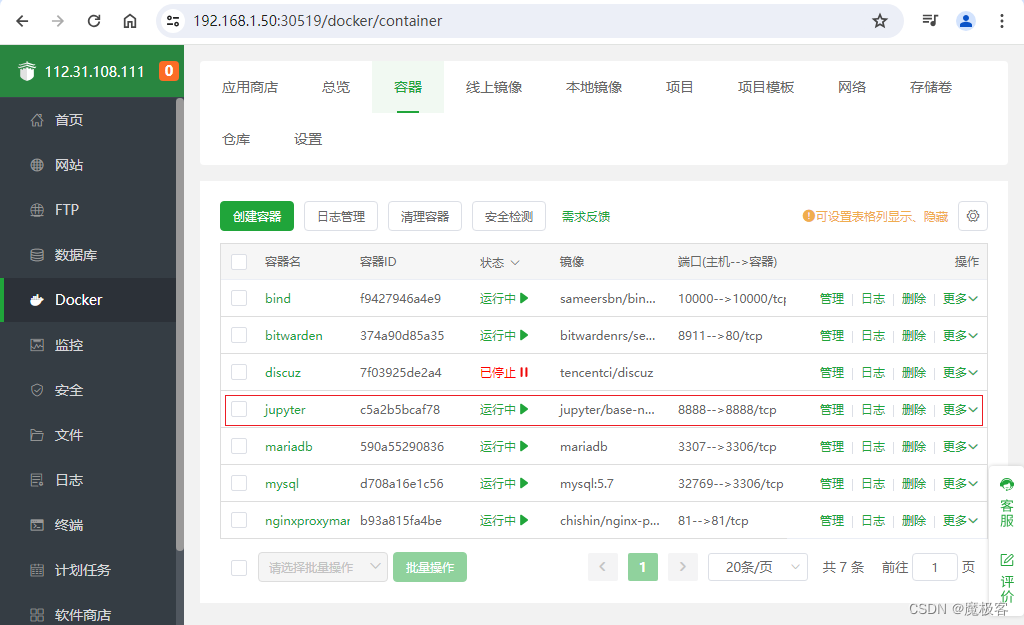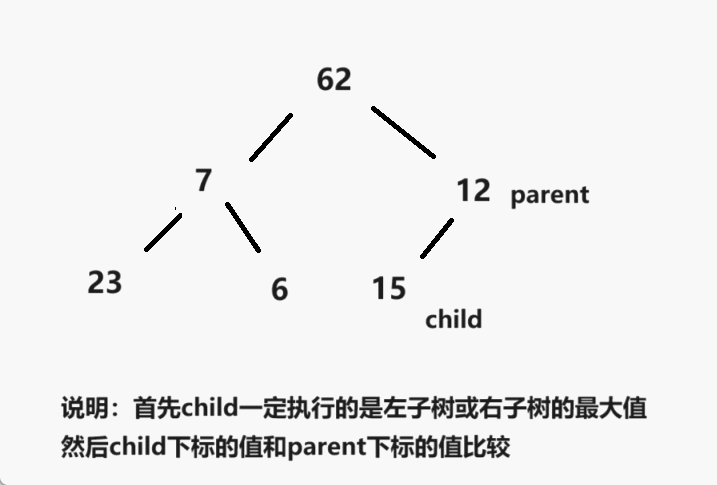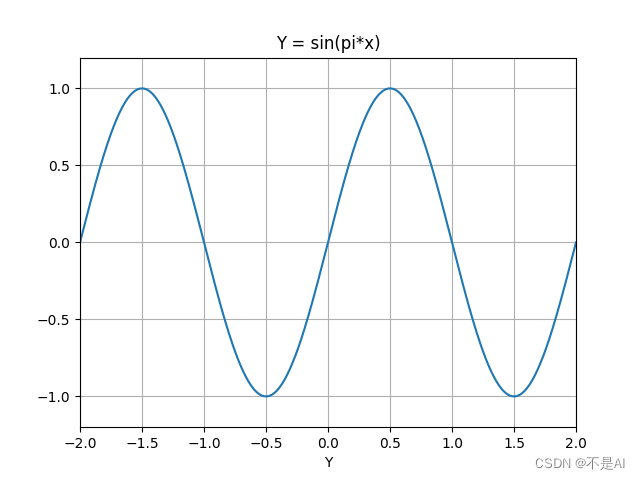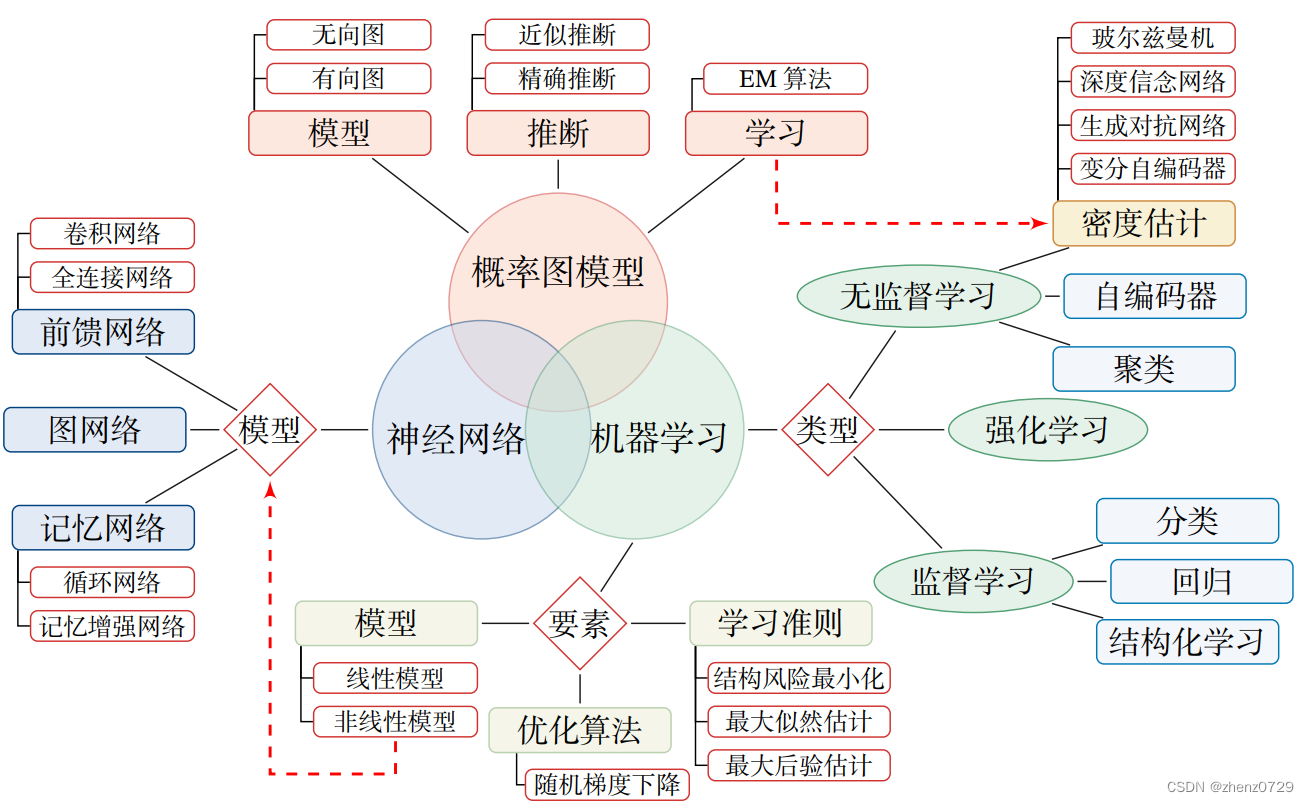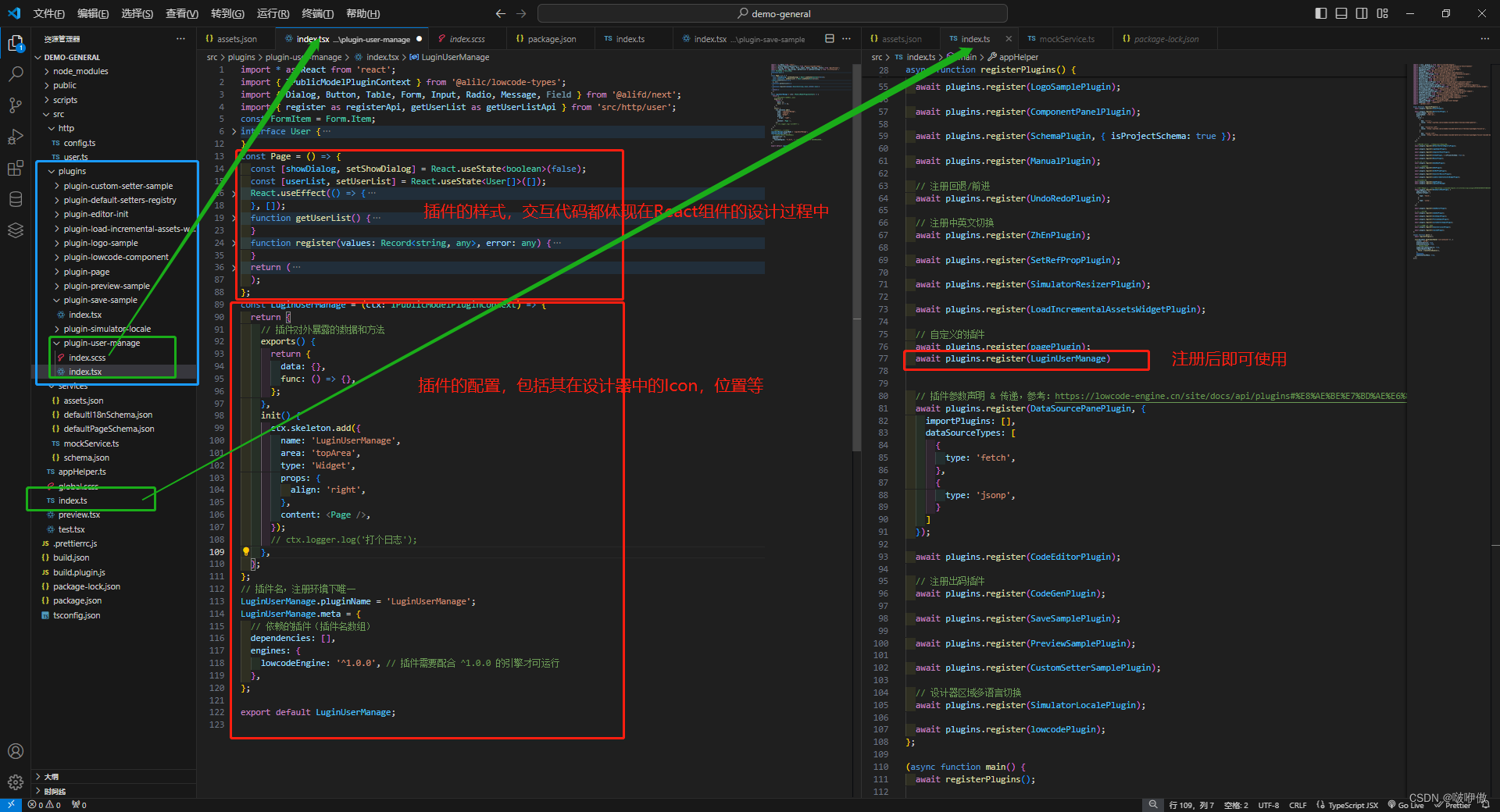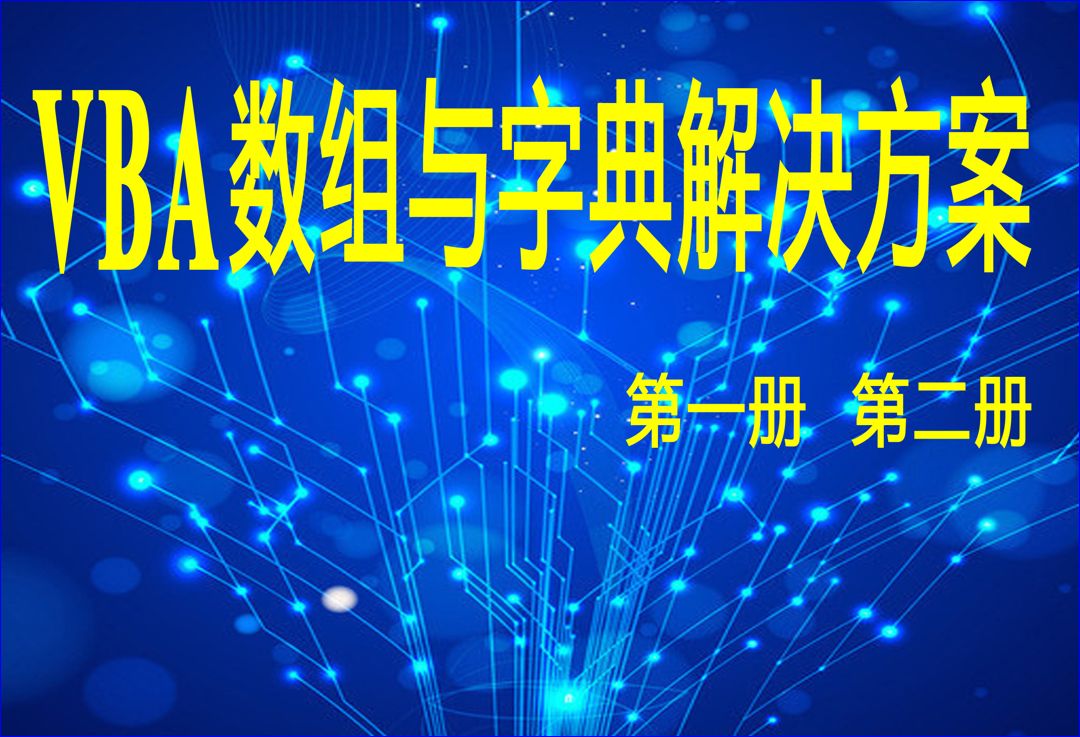Bean life cycle
It is easy to understand the life cycle of Spring beans. When a bean is instantiated, it may need to perform some initialization to make it available. Similarly, when beans are no longer needed and are removed from the container, some cleanup may be required.
Although there are still some activities between bean instantiation and destruction, this chapter will only discuss two important life cycle callback methods, which are necessary when initializing and destroying beans.
To define the installation and disassembly of a bean, we only need to declare the with init method and/or destroy method parameters. The init method attribute specifies a method that is called immediately when the bean is instantiated. Similarly, destroy method specifies a method that can be called only after the bean is removed from the container.
Instantiation (实例化):
The Spring container is responsible for instantiating beans.
This is the first step in the bean’s lifecycle.
Dependency Injection (依赖注入):
After instantiation, Spring container injects dependencies into the bean’s properties.
This step ensures that the bean has all the necessary resources to function properly.
implements aware interface
this step you can set properties of spring container.
Bean Post-Processing (Bean后处理):
Spring provides the BeanPostProcessor interface that allows you to modify the bean before it’s returned to the caller.
Methods like postProcessBeforeInitialization and postProcessAfterInitialization are called during this phase.
Initialization (初始化):
After all dependencies have been injected, and bean post-processing is complete, the bean’s initialization method is called.
This can be done by implementing the InitializingBean interface and providing an afterPropertiesSet method, or by using the @PostConstruct annotation.
Ready for Use (准备就绪):
After initialization, the bean is ready to be used by the application.
The container will now return the bean to the caller.
Usage (使用):
The bean is now in use by the application, performing its intended tasks.
Destruction (销毁):
When the container is shutting down, it will call the bean’s destruction method.
This can be done by implementing the DisposableBean interface and providing a destroy method, or by using the @PreDestroy annotation.
Cleanup (清理):
After the bean’s destruction method has been called, the bean instance is no longer in use.
The container will typically handle the cleanup of resources associated with the bean.


















